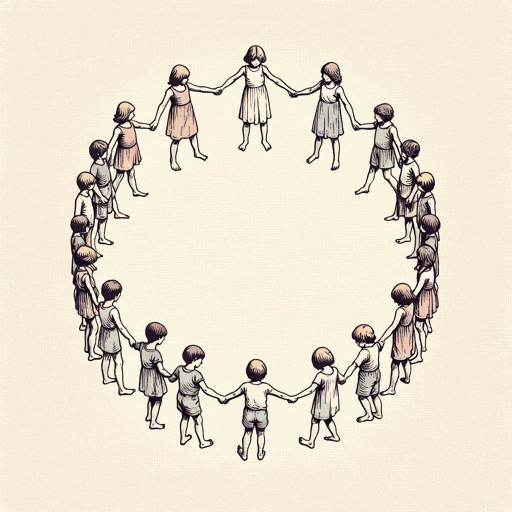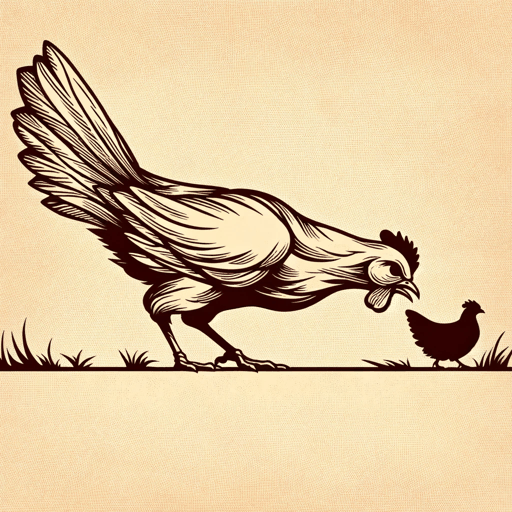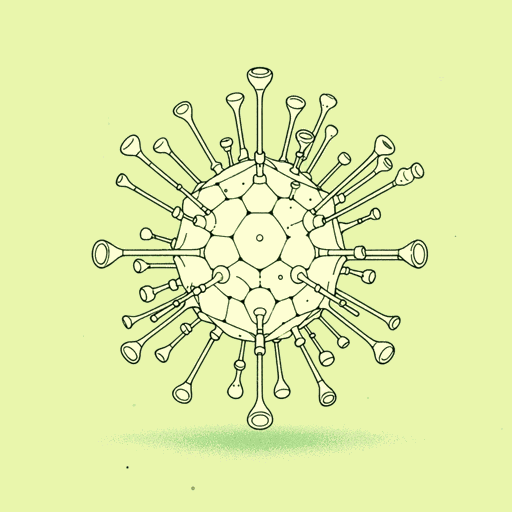106 pages • 3 hours read
Margaret AtwoodOryx and Crake
Fiction | Novel | Adult | Published in 2003A modern alternative to SparkNotes and CliffsNotes, SuperSummary offers high-quality Study Guides with detailed chapter summaries and analysis of major themes, characters, and more. For select classroom titles, we also provide Teaching Guides with discussion and quiz questions to prompt student engagement.
Introduction
Oryx and Crake
- Genre: Fiction; science fiction/dystopian
- Originally Published: 2003
- Reading Level/Interest: Grades 9-12; college/adult
- Structure/Length: 15 chapters; approx. 389 pages; approx. 10 hours, 30 minutes on audio
- Protagonist and Central Conflict: This non-linear story gradually reveals how a man named Jimmy came to be known as Snowman and, as a result of extreme genetic engineering, became the last of humankind.
- Potential Sensitivity Issues: Genetic engineering; child pornography and other sexual content; execution; death by suicide and assisted suicide; murder; profane or crude language; substance abuse
Margaret Atwood, Author
- Bio: Born in 1939; a native of Ottawa, Ontario, Canada; graduate of Victoria College and Harvard University; recipient of the Franz Kafka International Literary Award, the PEN Center USA Lifetime Achievement Award, and the Booker Prize, among other awards
- Other Works: “Siren Song” (1974); The Handmaid’s Tale (1985); The Blind Assassin (2002); “Time Capsule Found on the Dead Planet” (2009)
- Awards: Giller Prize (shortlisted; 2003); Man Booker Prize (shortlisted; 2003); Governor General’s Award for Fiction (shortlisted; 2003); Orange Prize (shortlisted; 2004)
CENTRAL THEMES connected and noted throughout this Teaching Unit:
- Ethics
- Family and Friendship
- Voyeurism and Exploitation
- Science Versus Nature
STUDY OBJECTIVES: In accomplishing the components of this Unit, students will:
- Lay the groundwork for understanding and analyzing the novel’s plot and themes by exploring issues involving scientific ethics, genetic engineering, and the value of STEM fields as compared to the humanities.
Related Titles
By Margaret Atwood

Alias Grace
Margaret Atwood

Backdrop Addresses Cowboy
Margaret Atwood

Cat's Eye
Margaret Atwood

Death By Landscape
Margaret Atwood

Hag-Seed: William Shakespeare's The Tempest Retold
Margaret Atwood

Happy Endings
Margaret Atwood

Helen of Troy Does Countertop Dancing
Margaret Atwood

Lady Oracle
Margaret Atwood

Life Before Man
Margaret Atwood

MaddAddam
Margaret Atwood

Rape Fantasies
Margaret Atwood

Siren Song
Margaret Atwood

Stone Mattress
Margaret Atwood

Surfacing
Margaret Atwood

The Blind Assassin
Margaret Atwood

The Circle Game
Margaret Atwood

The Edible Woman
Margaret Atwood

The Handmaid's Tale
Margaret Atwood

The Heart Goes Last
Margaret Atwood

The Landlady
Margaret Atwood

